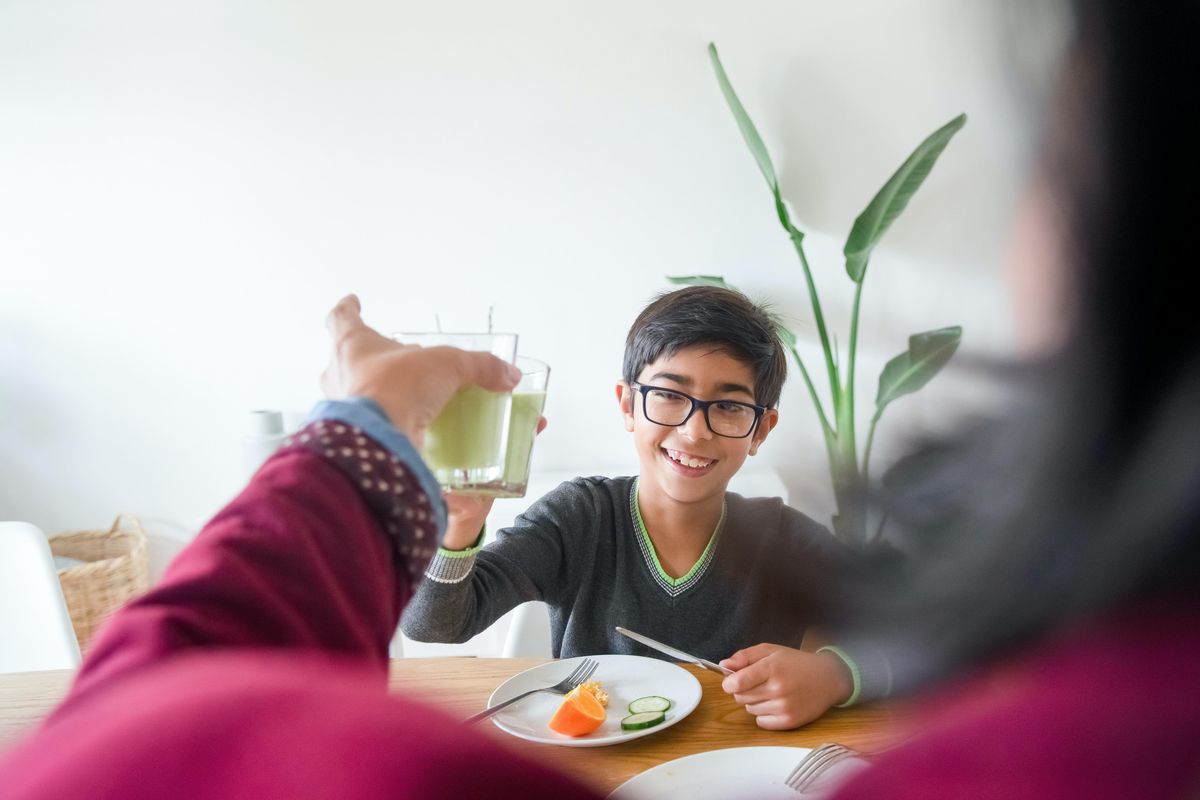Q:
I have two sons (ages 6 and 10) whose diets sorely lack in fruits and vegetables. I try to show a good example by eating a variety of fruits and vegetables, but the best results from my boys are a rarely eaten apple or nibbling at mashed potatoes or a few ears of corn. What can I do?
A:
Don't give up just yet! Studies show that if children have repeated opportunities to sample new foods then some of them will be accepted. Try offering small amounts at a time. Without a doubt getting children to eat more fruits and vegetables may take some creativity. Look for recipes for your children's favorite food items that allow you to add fruits and vegetables to them. Take the opportunity to add fruits and vegetables in foods your children like to eat, such as cereals, smoothies, muffins, pancakes and yogurt. Top ice cream or frozen yogurt with some berries. Start the day with 4-6 ounces of 100 percent fruit juice. Fresh fruit is best, but a small amount of fruit juice can be okay. You can try hiding vegetables in other foods: chop, dice and mix vegetables into casseroles, spaghetti sauces, soups, meatballs, cookies and pizza toppings, for example. Offer cut-up, raw vegetables with salsa or a lowfat dip as a tasty snack. And take your children grocery shopping and have them pick out a type of fruit or vegetable that they would like to try. Over time it just may become habit forming!







